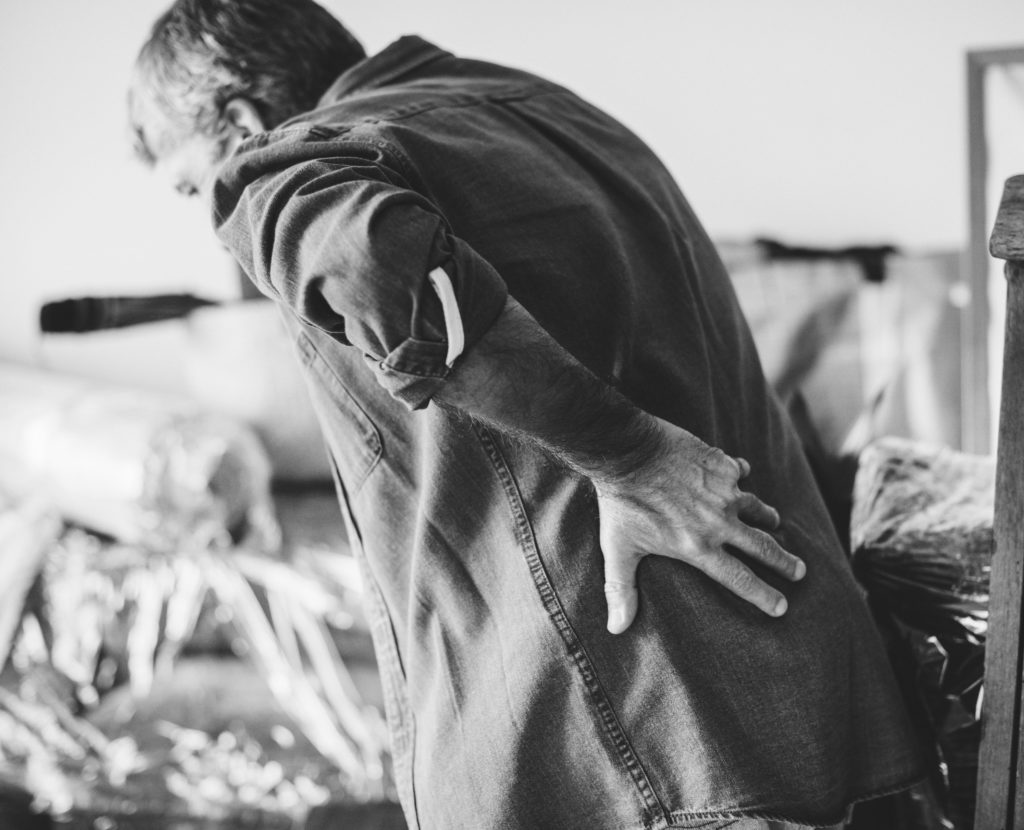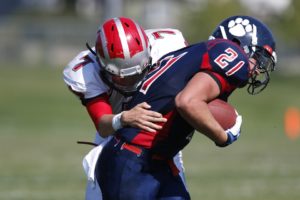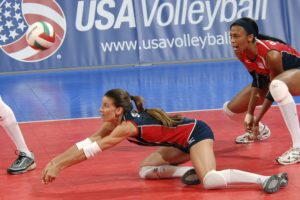 Over the weekend I had a continuing education course for physical therapy to continue my license. The course dealt with using manual therapy, specifically muscle energy technique (MET), to correct problems of the pelvic girdle, sacrum, and lumbar spine. I have taken many courses over the years to learn my specialty of MET and I am very partial to the courses and education provided by Michigan State’s Osteopathic medical school and their manual medicine series. Michigan state has given me the knowledge and skill to treat my physical therapy clients outside of insurance, because of the great outcomes I get. The course I took was not a Michigan State course but it did provide a great review of the knowledge I already have along with reminding me how powerful MET is. Using physical therapy and MET is how I get such great outcomes far and above the norms and is why I can be an independent practitioner and not have to deal with insurance.
Over the weekend I had a continuing education course for physical therapy to continue my license. The course dealt with using manual therapy, specifically muscle energy technique (MET), to correct problems of the pelvic girdle, sacrum, and lumbar spine. I have taken many courses over the years to learn my specialty of MET and I am very partial to the courses and education provided by Michigan State’s Osteopathic medical school and their manual medicine series. Michigan state has given me the knowledge and skill to treat my physical therapy clients outside of insurance, because of the great outcomes I get. The course I took was not a Michigan State course but it did provide a great review of the knowledge I already have along with reminding me how powerful MET is. Using physical therapy and MET is how I get such great outcomes far and above the norms and is why I can be an independent practitioner and not have to deal with insurance.
What exactly is MET? Muscle Energy Technique (MET) is defined as a form of soft-tissue treatment in which the patient’s muscles are actively used, on request, from a precisely controlled position, in a specific direction, and against a distinctly executed therapist-applied counterforce. The key defining element of MET is the use of an isometric contraction before subsequent stretching or movement of restricted tissues. What this means is if you have a sacrum/tailbone that is stuck in an abnormal position for example, I can put your body in a specific position and use your own muscle contraction to put the sacrum back in place. I can do this with your pelvis and the vertebra up and down the spine.
Using MET not only puts the bones back in the appropriate positions it also resets the normal length of the muscles that are involved in locking the bones into the abnormal position. When bones and joints are in abnormal positions this can cause muscles to shut down and significant pain that can become chronic unless the dysfunction is fixed appropriately.
Using manual therapy and MET takes time when done appropriately. I spend at least an hour evaluating leg length, the pelvic girdle, SI joints, lumbar spine, pubic symphysis, muscle strength and tightness. I then give physical therapy exercises that are very specific to help hold my adjustments in place that are a complement to the manual therapy. Treating by this method, in my opinion, can only be done appropriately on a cash based manner because of the time and attention involved. Insurance gets in the way of the best care I know I can give. In the long run, I am much cheaper than other treatment methods because my clients usually respond very quick and my goal is to have the pain mostly gone within 4 visits.
I am very passionate about what I do and using MET has allowed me to help many people and achieve great outcomes. I am greatly appreciative to all the instructors I have had over the years that have furthered my career and given me the knowledge to help people in pain.

